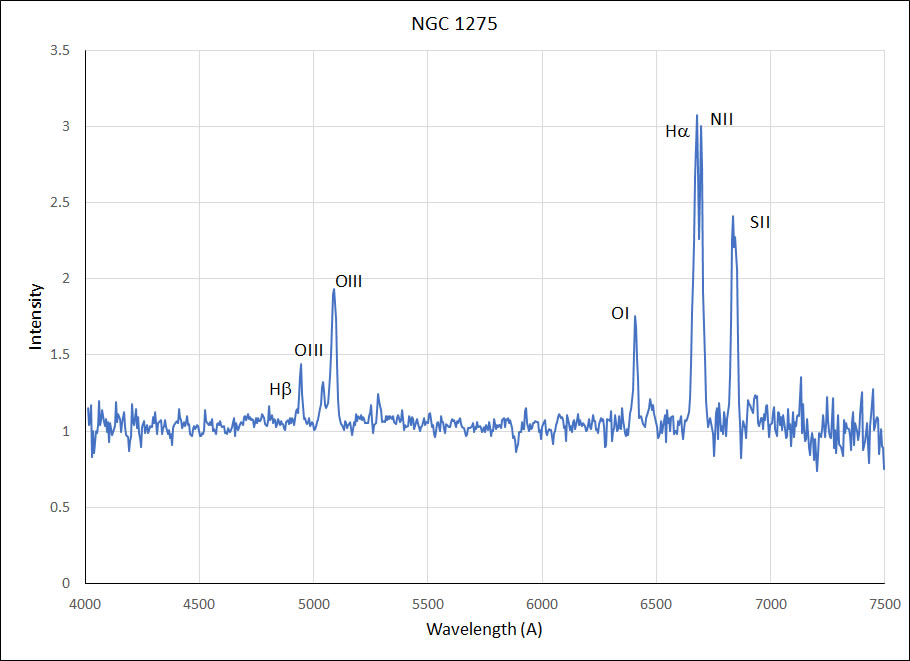There are no blue-shifted quasars! If they were ejected from nearby galaxies some would have to be directed toward us.
The Z-value is just (600 nm - 486.1 nm)/(486.1 nm) = 0.23. Since this is quite large you need to use the relativistic form

plugging the numbers you get v/c = 0.20, so v = 60 000 km/s.
Nearby the expansion rate of the universe is smaller than the individual velocities of the galaxies - some will be moving toward us and others away. It is only when the expansion velocity becomes bigger than the average motion of galaxies in clusters that we begin to notice the distance-redshift effect.
We think that ellipticals formed through galactic collisions and mergers. These events would have depleted dust & gas through massive starburst activity a well and the direct dispersal of gas and dust into inter-galactic space.
The age of the universe is inversely related to the Hubble constant so a large value for H leads to a small age of the universe. A value of 500 km/s/Mpc would imply that the universe was less than 2 billion years old - younger than the earth!

